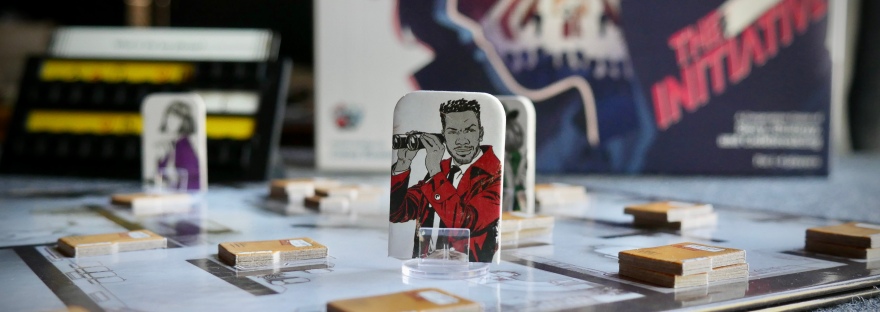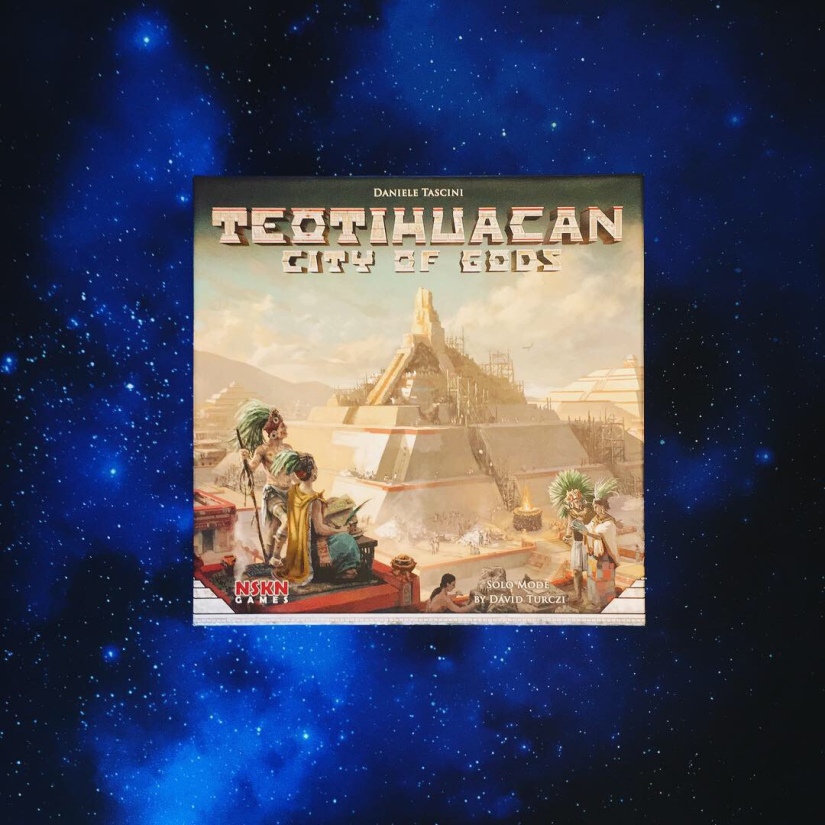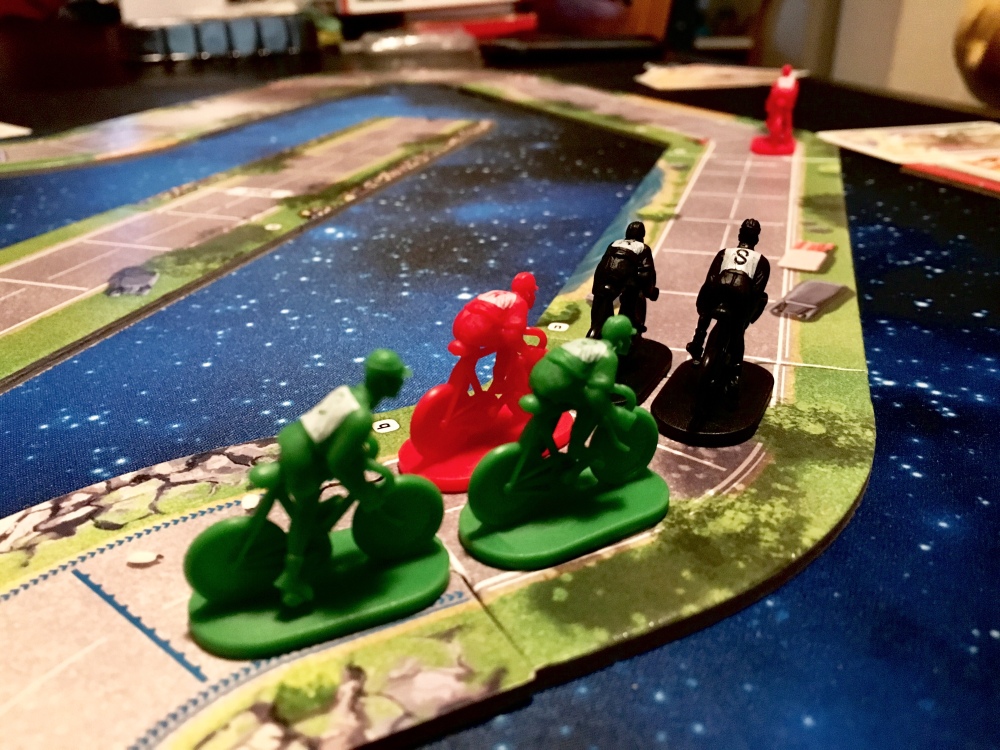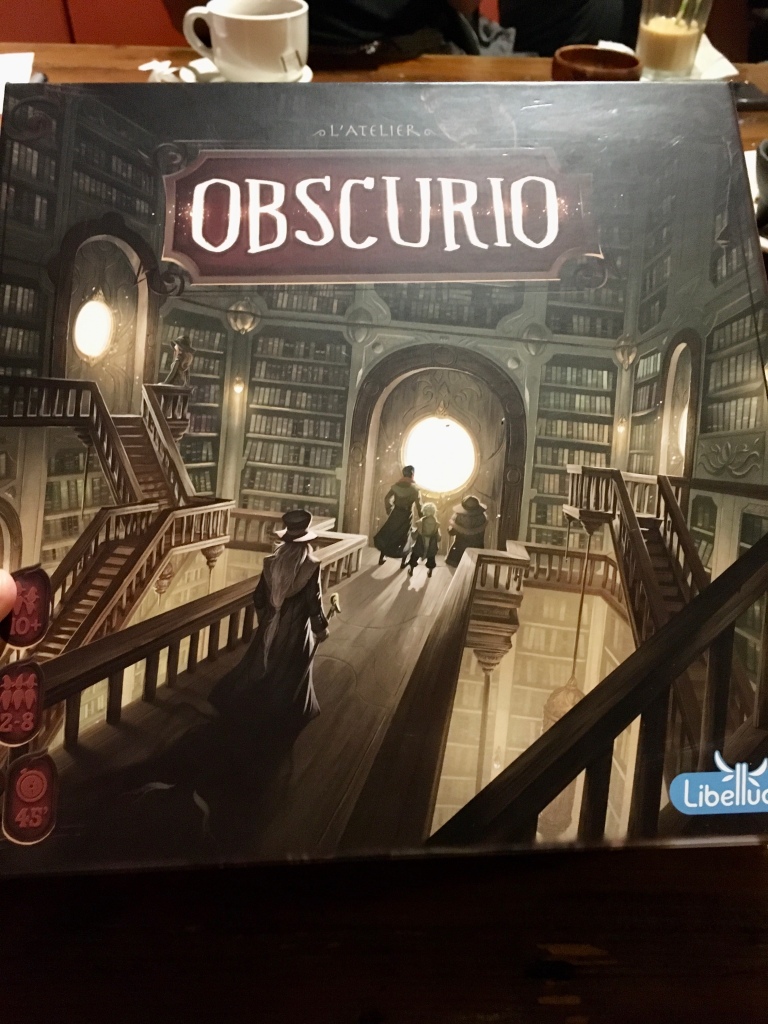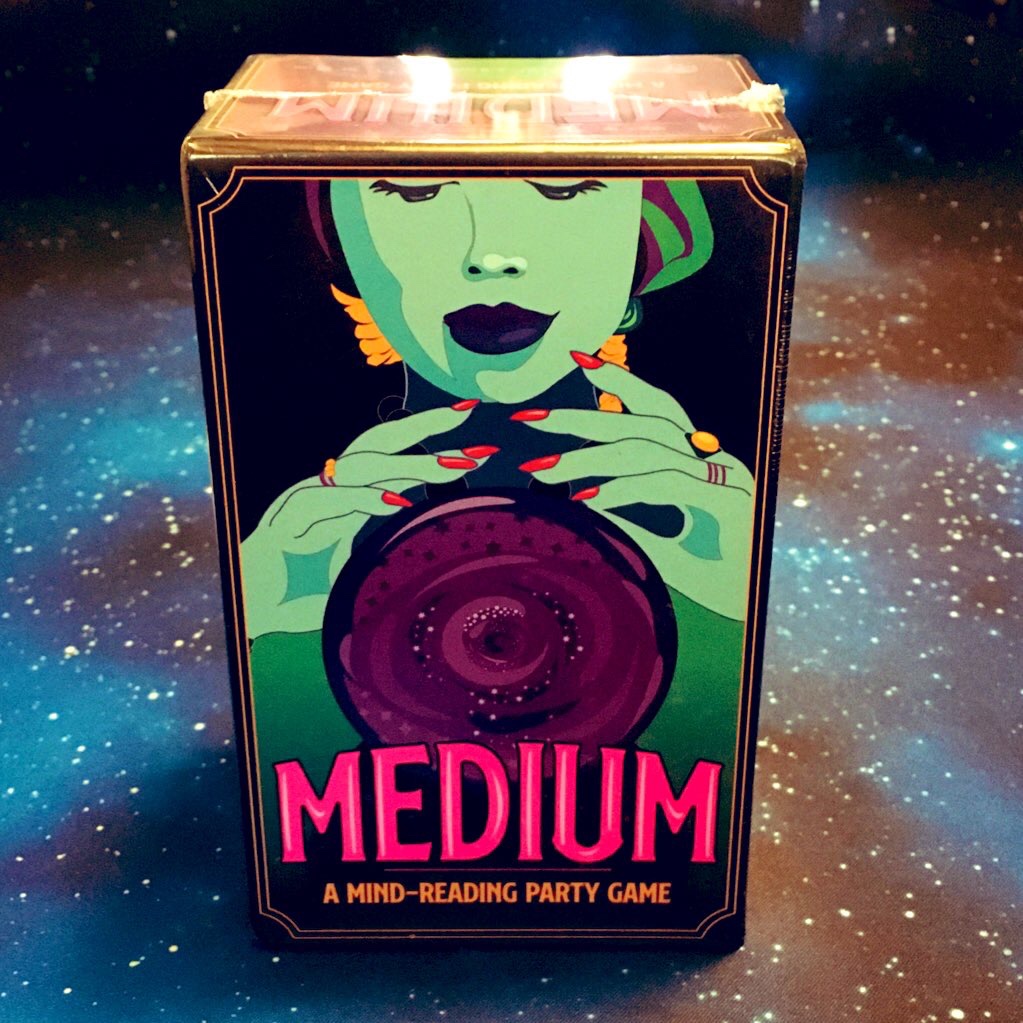
This review of The Initiative appeared in Episode 119 of The Five By. The following is the script I used when recording the podcast, and, as such, there might be some discrepancies between the text and audio due to editing for time and flow.
The year is 1994 and you and your friends are at the local garage sale. You know, like most fourteen year old kids. On the radio, Nirvana plays while you sift through the unwanted chotzkies of someone’s life. Nothing’s caught your eye and your friends are ready to head out and bike to the local corner store for some sodas and chips, Dr. Pepper and Funyuns are always a great choice. But before you head out, you spot a dusty board game and decide to buy it on a whim. You hand over a single dollar, grab the game and run out onto the yard to catch up with your friends. But someone is watching you from their car, and they have a keen interest in that board game you just bought.
Hi friends, I’m John Gonzalez. What you’ve just heard is’t the cold open to the next season of stranger things or even someone’s home brew campaign of Kids on Bikes. It’s the first page of the guidebook for The Initiative. Okay, I might have taken some artistic liberties with the first page of this comic book style campaign book and colored it with my own nostalgic recollections of youth. But I feel the game encourages that.
The Initiative from designer Corey Konieczka and published by Unexpected Games. On the surface, The Initiative is a cooperative game about code breaking wrapped in legacy style goodies that are revealed through the game’s 14 Chapter campaign. You start off with a rules sheet and game overview. A couple pages of exposition in comic book form and bam you’re on your way to uncovering the secrets within. The story revolves around a group of middle-school aged friends who uncover the threads of a mystery while playing The Key. Think of The Key as the fictional game within the Initiative.
You’ll start off The Initiative’s campaign by playing a game of The Key. The rules are straightforward and covered in a two-page rulebook. Players move across the board, revealing Clue tokens, while hoping to avoid traps. The clue tokens have symbols on them that correspond to glyphs on the mission card for that chapter. The mission card holds a secret message and it’s inserted into the plastic mission console. If you reveal a clue token on the game board and the same glyph is present on the mission console, you flip up any windows with that same symbol. The goal, at least initially, is uncover enough windows to let you suss out and unscramble the secret message. Think Clue meets The Wheel Of Fortune.
Moving, revealing and collecting clue tokens, are all actions that require the active player to play a card by placing it on top of the relevant card pile. The only rule here is that you have to play a card whose numerical value is higher than the one currently on top of the pile. Playing cards to take actions in the Initiative involves trusting your tablemates and lots of hoping you didn’t just lock them out of taking an action. You can communicate during the game, but you’re not supposed to declare what cards you have in hand. While this adds tension to the game, there is a way to clear any given deck through a separate action, which is handy.
After taking one or two actions, a player’s turn is over and they must draw two cards from the deck. Once the deck runs out, four wristwatch cards are shuffled into the deck and if enough of these wristwatch cards are drawn, the game ends. The good news is that if you are able to solve the phrase before the last wristwatch card is drawn, you win! And let me tell you, this comes in real handy especially when you run out of time and you’ve got a master code breaker, like my partner Lorena, on your side. Our later games were often solved at the very brink of disaster. Which makes for a really fun experience.
There’s a lot more to the game’s rules and mechanics but I won’t spoil any of that here. Not only do the phrases on the mission card become more difficult to decipher, but the board layout changes between games as new elements are introduced. The Initiative is not unlike some of the recent legacy style games in which new rules, components, and other surprises are revealed throughout the campaign.
The Initiative was released in 2021 and kinda fell off the radar a bit. Which is a shame because it was one of my favorite games of that year. Lorena and I really enjoyed the codebreaking and strategy found in The Initiative and it made for a perfect game during those weekends in which we were stuck in-doors. The campaign features fifteen chapters and twenty-four stand-alone missions. Overall, there’s plenty of post-campaign content, so no complaints here. The art style is a mix of comic book art and old school board game art which ties nicely with the game’s theme.
The campaign story in The Initiative includes some interesting character insights and development. In fact the story touches on issues of self esteem and being honest with your friends. Including elements of character development and introspection in a game about deciphering codes was a nice touch. I also love that the game features a diverse cast of playable characters. So if you’re into campaign games and are a fan of code-breaking and deduction, you should check out The Initiative.
For the Five By, I’m John Gonzalez. Find me on Twitter, Instagram, and Twitch as Bookofnerds. Thanks for listening.







